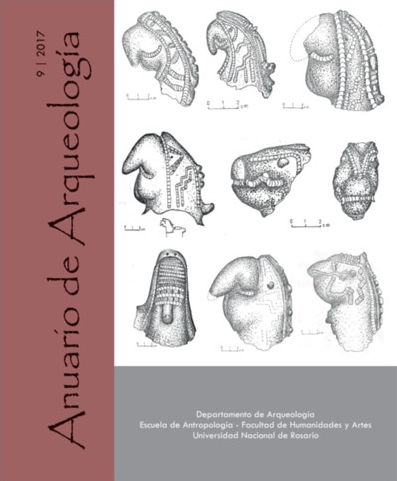Representações de guerra nas pinturas rupestres da Serra da Capivara, Pi, Brasil
DOI:
https://doi.org/10.35305/aa.vi9.31Keywords:
rock paintings, scenes of war, Serra da Capivara - PIAbstract
The first archaeological investigations carried out in the Serra da Capivara National Park, southeastern Piauí-Brazil, began in the 70’s conducted by the archaeologist Niède Guidon, with the aim of contextualizing the sites with rock paintings, resulting in a hypothetical prior arrangement for a recognition of cultural identities and chronologies. The classificatory definition of Tradition starts from the typological similarities that are found between the graphisms. In this research, rock art is considered as a means of communication, in which it follows a pre-established code. The aggressive and violent behavior can be seen in the archaeological record in destroyed villages, human skeletons with marks of fractures and in the gestuality represented in rock drawings. This research aims at identifying graphic patterns present in war scenes, and has as a specific objective the identification of recognizable elements, such as anthropomorphs, objects of use, and cultural attributes. In the primitive groups, aggressive and violent behavior had diverse motivations, cultural rituals, conflicts between groups, or acquisition of essential resources for the survival of the group.










